The Dog Tick, also known as the wood tick, is a species of tick in the Ixodidae family. Other members of the family include the deer tick, lone star tick, Rocky Mountain tick, and more. People best know this species for its spread of Rocky Mountain spotted fever, though it also spreads tularemia. Read on to learn about the Dog Tick.
Description of the Dog Tick
This species has a typical tick-like shape. It has a rounded body with eight legs. Additionally, it has specialized mouthparts that it uses to feed on the blood of its hosts. You can differentiate this species by the light and dark brown mottled coloration on its body.
Adults which have not filled with blood from a host measure about four millimeters long. Males reach slightly smaller sizes. After feeding, these creatures can double and triple in size.
Interesting Facts About the Dog Tick
These creatures have a number of different traits and adaptations. Learn more about what makes them interesting, below.
- Arachnida – Though you might assume that a tick is an insect, these creatures are actually more closely related to spiders. Researchers place them in the taxonomic class Arachnida, along with spiders, scorpions, mites, and more.
- Disease Vectors – These creatures can spread diseases to humans. Though they carry the diseases, exposure to certain species of bacteria actually cause the disease, rather than the tick itself.
- Possible Exposure – This species does not commonly spread Lyme disease. It does, however, spread Rocky Mountain spotted fever and tularemia. Researchers also believe this species could cause tick paralysis.
- What’s in a Name – As is the case with the deer tick, this species gets its name from its preferred host, dogs. In fact, dogs can even catch Rocky Mountain spotted fever from this species.
Habitat of the Dog Tick
You can find these ticks in densely wooded areas with a large volume of bushes and shrubbery. Some common habitats include forests, grasslands, suburbs, scrub forests, and more. Additionally, you can find large congregations of this species near hiking trails, along the sides of roads, and other areas on the edges of wooded areas and open areas.
Distribution of the Dog Tick
The range of this species is similar to the deer tick, but slightly more extensive. This species has a slightly greater tolerance for elevation and mountainous regions. You can find them across most of the eastern United States.
Their range extends from southern Canada through Montana and down to Texas and northern Mexico. It also extends across the United States to the East Coast.
Diet of the Dog Tick
These creatures have carnivorous feeding habits. This species, like all ticks, feeds exclusively on blood, which means it is a sanguivore. Larvae and nymphs prefer smaller hosts, while adults feed on larger mammals. They feed using their tube-like mouthparts.
Dog Tick and Human Interaction
As a general rule, people dislike interacting with this species and any of its close relatives. These creatures spread disease to people and animals, and humans attempt to avoid them when at all possible. People spray their yards and homes to kill ticks and other pests, such as fleas.
Domestication
Humans have not domesticated this creature in any way.
Does the Dog Tick Make a Good Pet
You would not want to keep a literal blood-sucking parasite as a pet.
Dog Tick Care
People do not keep these ticks in any fashion. Some animals, such as pets and livestock, accidentally host these creatures. However, people generally treat their pets to protect them against this occurrence.
Behavior of the Dog Tick
The only distinct behavior of this species is its feeding behavior. It climbs a leaf or blade of long grass, and waits for a potential host to brush against it. When a host brushes the tick, it grabs hold with its legs.
Socially, these creatures do not interact with one another outside of the breeding season. Some happen to congregate on a host, but this is coincidental.
Reproduction of the Dog Tick
When breeding season arrives, females release pheromones to attract males. The female remains on her host, and the male comes to her. A single male can mate with multiple females. The male dies shortly after breeding, and the female drops off the host and lays her eggs. She dies once she has laid her eggs.

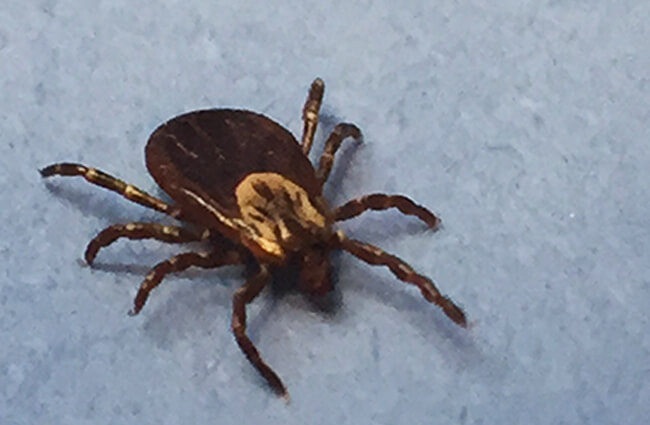
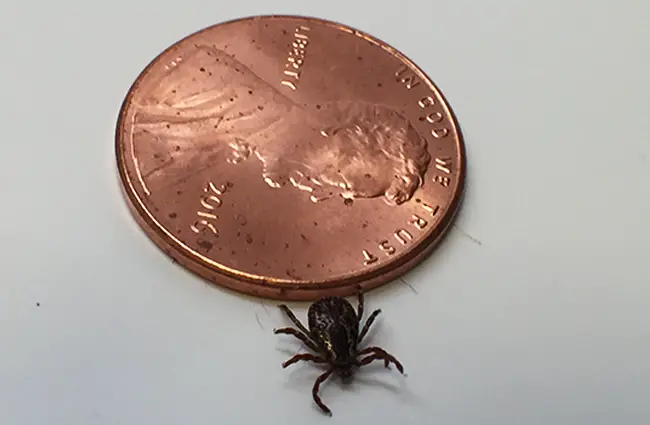

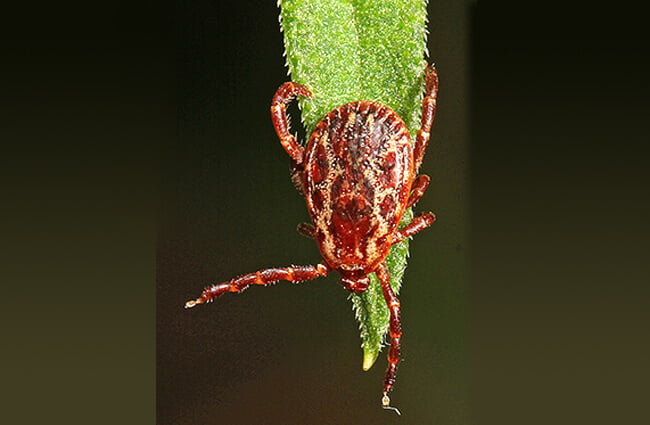
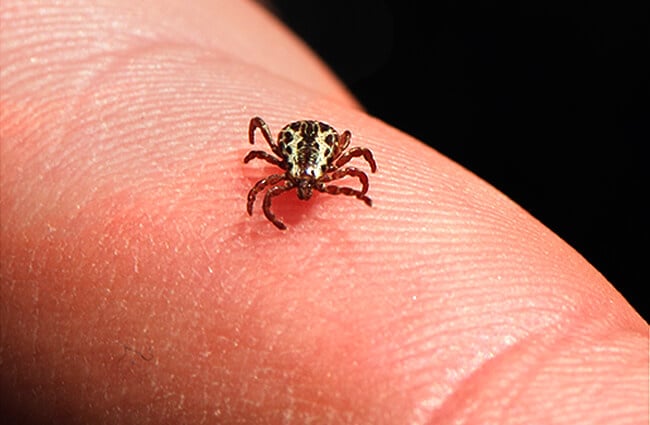

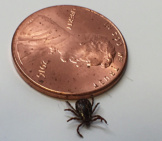
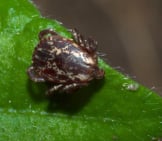
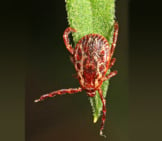
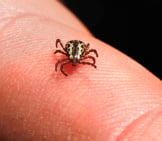
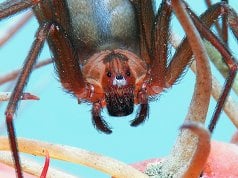
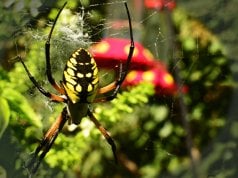











![Red Angus Closeup of a beautiful Red Angus cowPhoto by: U.S. Department of Agriculture [pubic domain]https://creativecommons.org/licenses/by/2.0/](https://animals.net/wp-content/uploads/2020/03/Red-Angus-4-100x75.jpg)

